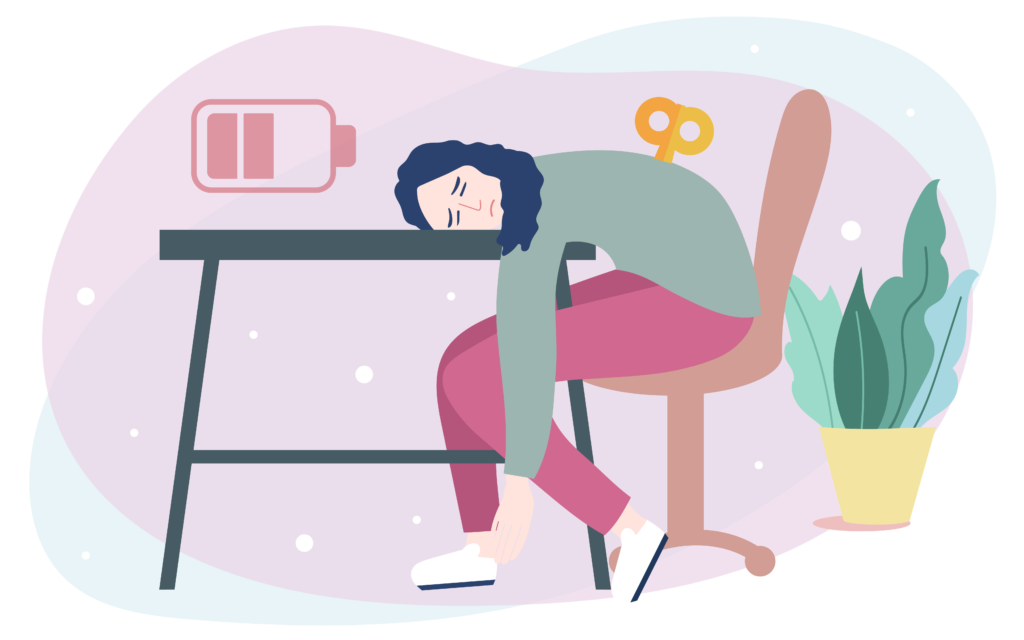- Content
Teaching is one of the most emotionally draining professions of our time. Every day, teachers give a part of themselves, inspiring and teaching dozens of students. But who takes care of the teachers themselves? According to recent research, more than 70% of Ukrainian teachers experience symptoms of professional burnout, and this figure is growing every year.
Professional burnout: more than fatigue

Professional burnout is a syndrome of physical and emotional exhaustion that develops against a background of chronic stress. This is especially true for teachers due to the specifics of their work. The main causes are:
- constant emotional stress when interacting with students and parents;
- the need to perform many diverse tasks at the same time
- high responsibility for the results of their work;
- often insufficient support from the education system.
A crucial factor in the fight against professional burnout is the timely recognition of its symptoms. It is important to learn to notice its first signs, including:
- constant fatigue that does not go away after normal rest;
- loss of enthusiasm for work;
- problems with sleep and appetite;
- frequent headaches and general deterioration of health.
All of these signs signal the need for immediate changes in the teacher’s work schedule and lifestyle.
Effective strategies to overcome burnout

Today, there are many techniques to help overcome burnout. Some of them can be implemented independently, but there are also those that require specialist intervention. It is impossible to say that there is a “small” or “big” burnout. Any form of apathy to work can develop into more serious consequences, even depression, for example, if a person systematically does not see success in the profession and cannot be realized due to burnout. Any steps are important on the way to feeling better.
Rational time planning
Implementing a time management system is the first step to structuring your workflow. It is important to allocate time not only for preparing for lessons, but also for resting during the day.
Professional communication
Creating a supportive professional environment also plays a key role in overcoming burnout. Sharing experiences with colleagues and participating in professional communities allows you to find new solutions to difficult situations.
Personal development
Hobbies outside of work are no longer just a pleasant addition and are becoming a necessary element of burnout prevention. Any activity, from sports to art, helps restore emotional balance and find new sources of inspiration.
Health as a priority
Regular exercise, adequate sleep, and a balanced diet are the foundation of burnout prevention. Add mindfulness or meditation practices to the mix, and you’ll feel a significant improvement in your well-being.
Professional support
In some cases, it is necessary to seek professional help. Working with a psychologist will help you develop an individual strategy for overcoming stress and restoring emotional balance, which is especially important for those teachers who have significant difficulties in overcoming professional burnout on their own.
Conclusion

The teaching profession is one of the most important in society. However, in order to effectively teach others, you must first take care of your own well-being. Implementing simple but effective self-care practices will help you maintain professional effectiveness and personal satisfaction.
Taking care of yourself is not a luxury, but a professional necessity. When a teacher is in a resourceful state, everyone wins: the teacher, the students, and the educational process as a whole. So investing time and attention in your own well-being is the best investment you can make in the future of your teaching career.
Taking care of yourself is not a luxury, but a professional necessity.